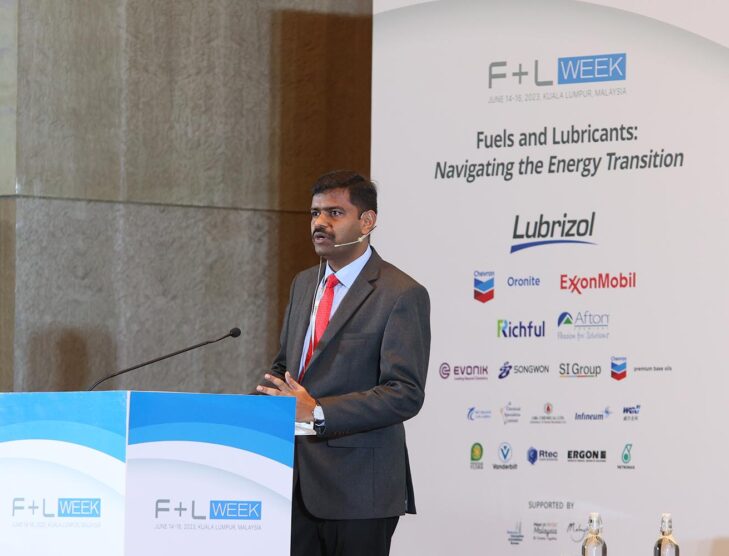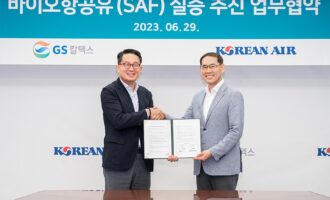
Engine design can compensate fuel penalty due to ethanol blending
India’s oil demand for transportation in 2019 was 105 million metric tons per annum (MMTPA) and is projected to reach 220 MMTPA by 2040, according to International Energy Agency’s Energy Outlook 2021. India is the third largest importer of crude oil. Thus, ethanol blending needs to be pursued aggressively, says Dr. Sakthivel Paramasivam, chief research manager (Automotive Research), R&D Centre, at the Indian Oil Corporation (IOC).
The central government has been encouraging sugar mills to divert sugar to ethanol. According to India’s Press Information Bureau, ethanol production capacity of molasses/sugar-based distilleries has increased to 605 crore litres per annum and the progress is still continuing to meet targets of 20% blending by 2025 under India’s Ethanol Blending with Petrol (EBP) Programme.
During the sugar season, from October 2021 to September 2022, a record of more than 5,000 lakh metric tons (LMT) of sugarcane was produced in the country. About 3,574 LMT of sugarcane was crushed by sugar mills to produce about 394 LMT of sugar. Out of this, 35 LMT sugar was diverted to ethanol production. In the new season, the diversion of sugar to ethanol is expected to increase from 35 LMT to 50 LMT.
Blending petrol with 20% ethanol (E20) can reduce India’s annual import bill by INR30,000 crore (USD) and reduce greenhouse gas emissions by more than 20 million metric tonnes (MMT) on a well-to-wheel basis, says Paramasivam.
E10 ethanol blends were achieved in India in June 2022 and E20 fuel was launched on February 6, 2023. Higher blends (E85) for flexible fuel vehicles (FFV) are anticipated beyond 2025. Several manufacturers have promised at least one FFV model in the Indian market by the middle of the decade, says Paramasivam.
Speaking at F+L Week 2023, which was held at the Four Seasons Hotel in Kuala Lumpur, Malaysia, from June 14-16, Paramasivam presented the results of an experimental study on BS-VI complaint two-wheelers that evaluated the impact of ethanol and methanol blended gasoline fuels (E0, E10, E20 and M15). About 70% of the total population of vehicles in India are two-wheelers.
The study assessed mass emissions and fuel economy using the Worldwide Motorcycle Test Cycle (WMTC). Paramasivam also emphasised the importance of evaluating the vehicles under maximum load. The Wide-Open Throttle test (WOT) was also employed to test power performance.
In the driving cycle testing, IOC observed an increase in fuel consumption in the M15 and E20 fuels (6.4% and 4.67%) compared to E0 fuels, which was attributed to the lower energy content of alcohol-blended fuels. Despite the higher fuel consumption, carbon dioxide (CO2) emissions were 2-3% lower with the oxygenated fuels and carbon monoxide (CO) decreased by 33.4%-45.84%. Total hydrocarbons (THC) witnessed a 30% improvement. A significant increase in nitrogen oxide (NOx) was demonstrated during testing.
Fuel consumption of E10, E20, and M15 fuels was also higher under WOT conditions. While CO and THC emissions were lower as in the WMTC, the E20 and M15 fuels demonstrated higher CO2 and NOx emissions. Paramasivam assigned the increases to higher fuel consumption, a higher flame speed, better combustion and higher in-cylinder temperatures under WOT conditions. The fuel penalty with oxygenated fuels can be compensated if engines are designed specifically for a high Research Octane Number (RON), he says.









